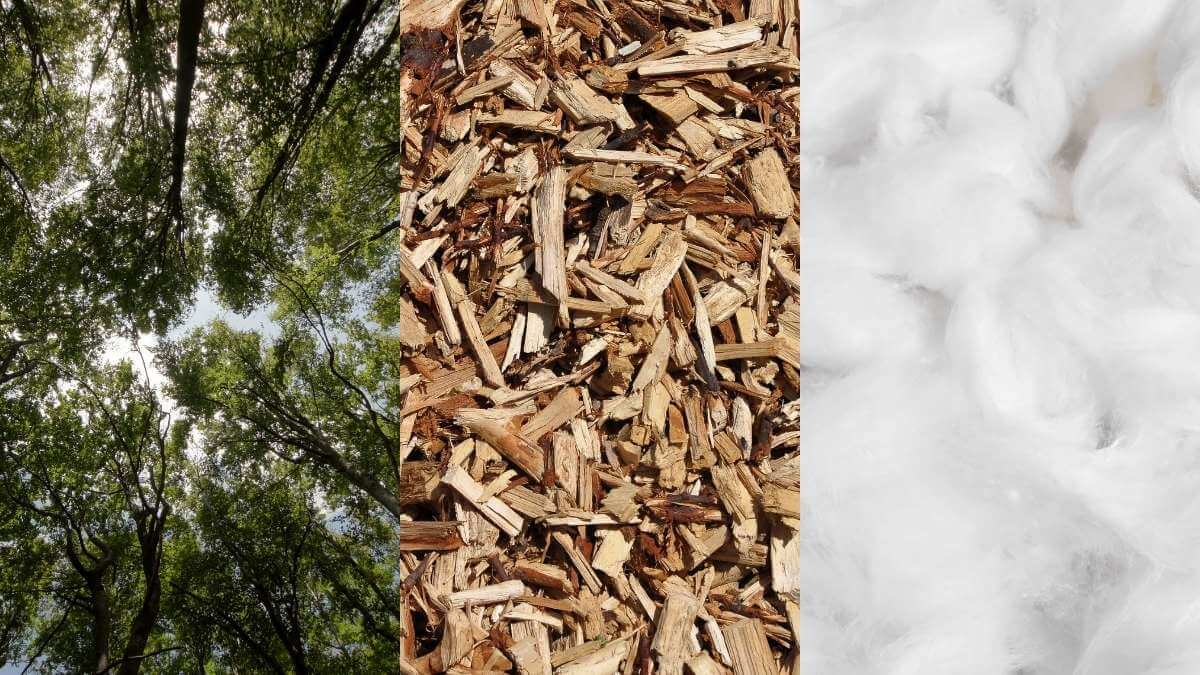In the world of textiles, the choice between rayon and modal has always been a subject of debate. Both fabrics are derived from natural sources and offer unique characteristics that make them popular choices in the fashion industry. In this article, we will delve into the qualities of rayon and modal, comparing their properties, sustainability, and versatility to determine which fabric reigns supreme.
- Composition and Manufacturing Process:
Rayon, also known as viscose, is a semi-synthetic fiber made from regenerated cellulose. It is derived from wood pulp or bamboo through a complex chemical process. Modal, on the other hand, is a type of rayon that is exclusively made from beech tree pulp. The manufacturing process of modal involves a higher degree of polymerization, resulting in a stronger and more durable fabric compared to traditional rayon. - Softness and Comfort:
When it comes to softness and comfort, modal takes the lead. Modal fibers are exceptionally smooth and luxurious to the touch, providing a silky feel against the skin. This makes modal an ideal choice for intimate apparel, loungewear, and other garments that require maximum comfort. Rayon, although soft, cannot match the unparalleled softness of modal. - Moisture Absorption and Breathability:
Modal fabric has superior moisture absorption properties compared to rayon. It can absorb up to 50% more moisture, keeping the wearer dry and comfortable even in humid conditions. Modal's excellent breathability allows for better airflow, preventing the buildup of sweat and odor. Rayon, while still breathable, falls slightly short in terms of moisture management. - Durability and Strength:
Modal fabric surpasses rayon in terms of durability and strength. The higher degree of polymerization in modal fibers enhances their structural integrity, making them more resistant to wear and tear. Modal garments tend to retain their shape and color even after multiple washes, ensuring longevity. Rayon, although relatively durable, may be more prone to pilling and shrinkage. - Sustainability:
Both rayon and modal are considered more sustainable alternatives to synthetic fabrics. However, modal has a slight edge in terms of eco-friendliness. Modal production requires less water and energy compared to traditional rayon, making it a more sustainable choice. Additionally, beech trees used in modal production are fast-growing and do not require extensive pesticide use.
Conclusion:
In the battle of rayon vs modal, it is clear that modal emerges as the winner in terms of softness, moisture absorption, durability, and sustainability. Its luxurious feel, excellent moisture management, and eco-friendly production process make it a preferred choice for many fashion designers and conscious consumers. However, it is important to note that both fabrics have their own unique qualities and applications, and the choice ultimately depends on the specific requirements of the garment and personal preferences.

